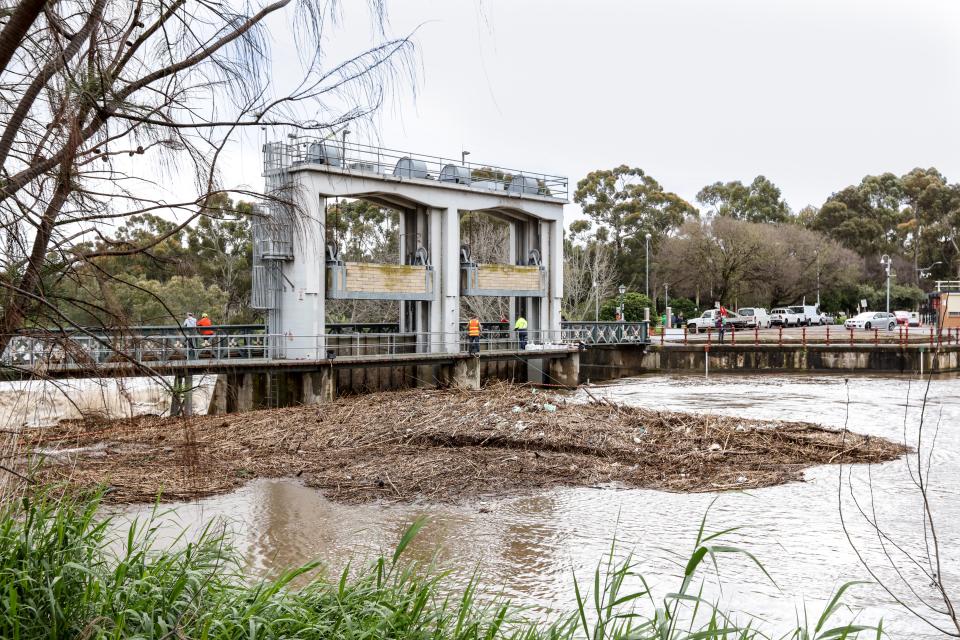
PUBLICATIONS
Published works

Rainwater ingress through residential sliding doors
| Title | Rainwater ingress through residential sliding doors |
| Publication Type | Report |
| Year of Publication | 2019 |
| Authors | Parackal, K, Ginger, J, Leblais, A, Henderson, D |
| Document Number | 545 |
| Date Published | 06/2019 |
| Institution | Bushfire and Natural Hazards CRC |
| City | Melbourne |
| Report Number | 545 |
| Keywords | ingress, rainwater, sliding doors |
| Abstract | Damage investigations carried out following windstorms have shown significant damage caused by rainwater ingress (Boughton, Falck et al. 2017). A preliminary experimental study was carried out at the Cyclone Testing Station (CTS) that simulated wind driven rain on a residential window under strong wind conditions to observe rainwater ingress. The external pressures on a building envelope vary in time and space on the surface of a building with windward walls experiencing positive pressures and all other surfaces (side and leeward walls and roof) subjected to negative pressures. Internal pressure fluctuations in a nominally sealed building with a porous envelope, are generally much lower than the external pressure fluctuations. This internal pressure is usually a small suction pressure and hence the net (i.e. (external – internal)) pressure across the windward wall is positive but negative across the other surfaces. This pressure differential along with wind driven rain can result in air-entrained water ingress into the building through windows that are closed due to gaps and weep-holes. Preliminary tests were conducted at the CTS on a window attached to the wind driven rain simulator (WDRS) to assess rainwater leakage and potential measures that could reduce leakage. |
Published Works


